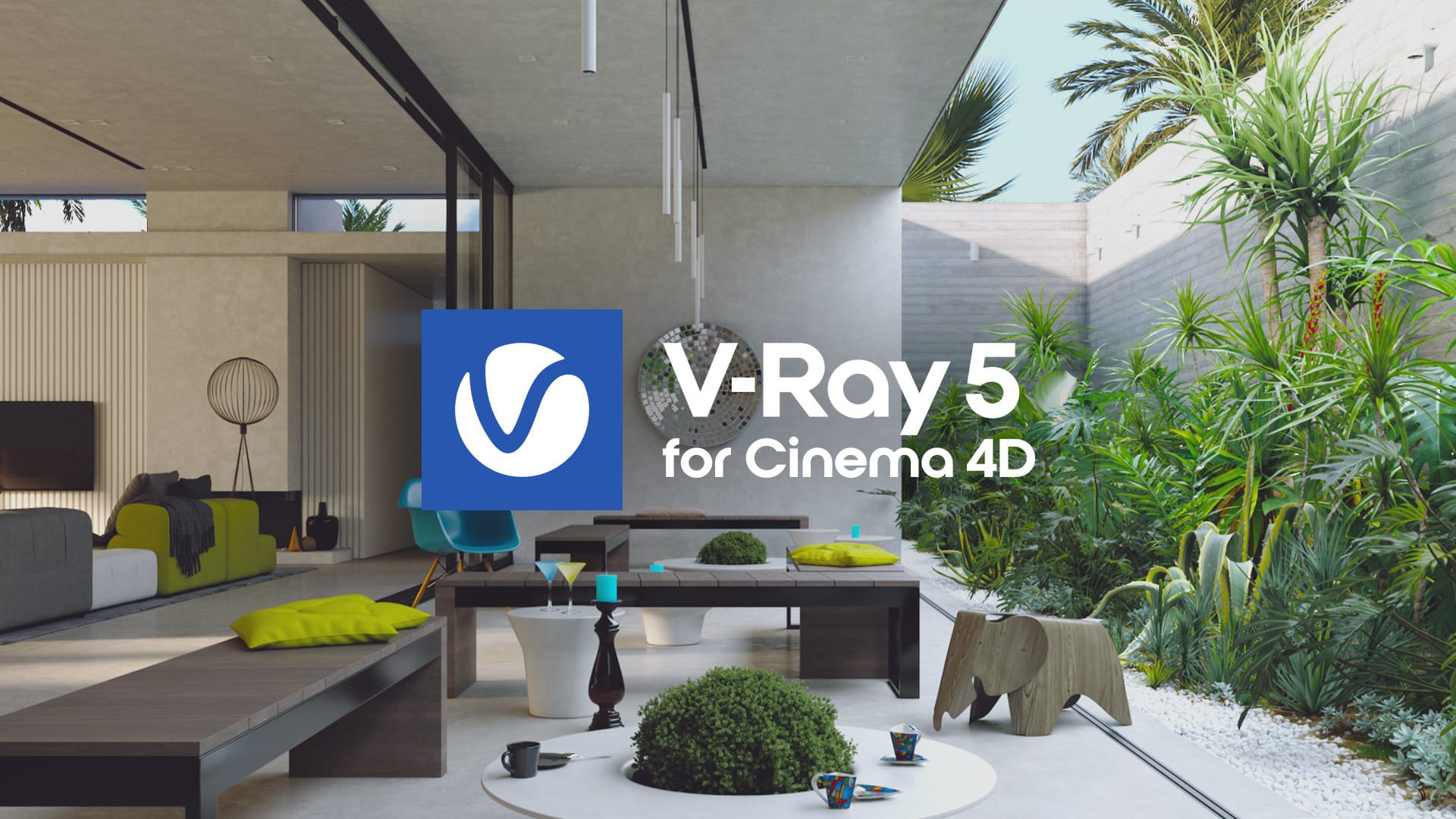
V-Ray 5 for Cinema 4D, update 1, is available now. With this release, we’ve built the community’s most requested feature into a production workflow. With support for node-based material editing, artists can now achieve true photorealism without sacrificing any creative choices they’ve made along the way.
The V-Ray Material has also been updated, making it easier to create translucent materials in just a few clicks. With built-in volumetric subsurface scattering, this can be immediately applied to skin, plastic, wax and more with brilliant results.
Beyond Rendering
V-Ray 5 for Cinema 4D, update 1 is geared to help artists do more in one place, including relight and composite from a single render.
In the latest update, artists can start rendering multiple Dome Lights at the same time. Direct support in Light Mix makes it easier than ever to mix light sources and relight a scene – even after it’s already been rendered.
If pixel-perfect adjustments are required, artists can use any of V-Ray’s masking render elements directly in the V-Ray Frame Buffer’s Compositor, including Cryptomatte, MultiMatte and Object, Render and Material IDs, to fine tune an image without re-rendering or turning to another app.
Additional V-Ray Features Include:
- Progressive Caustics – Rendering reflected lighting from surfaces like glass and water is now far easier to achieve.
- V-Ray Fur – Users can render hair and fur faster than ever before. From grass and fabrics to carpets, hair and more, artists can work quickly using the same procedural tool employed on major productions.
- V-Ray Clipper – Create quick cutaways and section renders for any scene or object.



